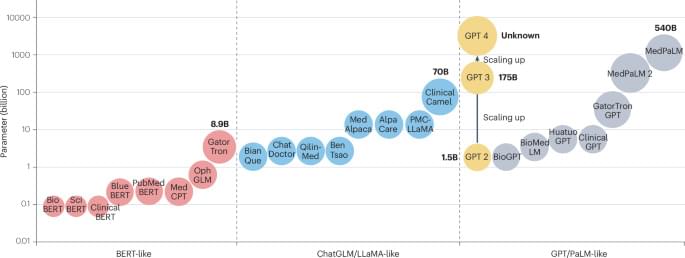In this video, we dive into Darwin Gödel Machine (DGM), introduced in a recent paper from Sakana AI and the University of British Columbia.
Darwin Gödel Machine takes self-improving AI a step froward, by introducing a mechanism for an AI agent to self-improve itself.
Paper — https://arxiv.org/abs/2505.22954
Written Review — https://aipapersacademy.com/darwin-go… 🔔 Subscribe for more AI paper reviews! 📩 Join the newsletter → https://aipapersacademy.com/newsletter/ Patreon — / aipapersacademy The video was edited using VideoScribe — https://tidd.ly/44TZEiX ___________________ Chapters: 0:00 Introduction 1:54 Darwin Gödel Machine 3:59 Results.
___________________
🔔 Subscribe for more AI paper reviews!
📩 Join the newsletter → https://aipapersacademy.com/newsletter/
Patreon — / aipapersacademy.
The video was edited using VideoScribe — https://tidd.ly/44TZEiX






